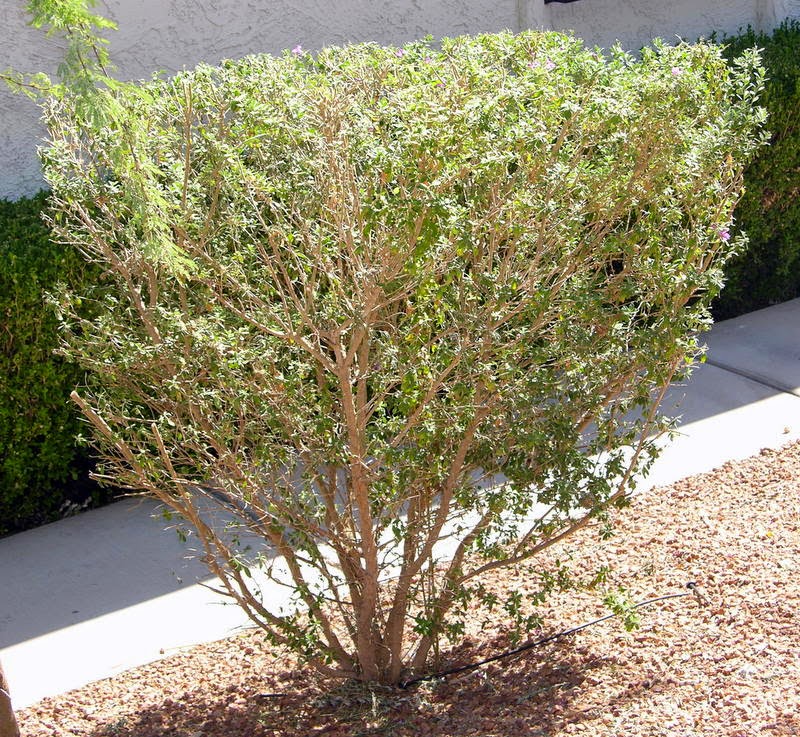Q. I
would like to grow both yellow and red onions. When is the best time to plant
them?
A. Onions for bulbs or green onions can be planted from seed
mid-September through November in our latitude and elevation. Onions produced
from sets or transplants should be started in March. They can be grown in a
garden spot or 5 gallon containers. Onion sets, which are small onion bulbs,
are
.JPG) |
| Contessa onion |
easier to plant than transplants and usually have a higher success rate for
most home gardeners.
Let’s focus on fall planting using
onion seed. Growing onion from seed to produce green onions or transplants does
not require very much space. Seeds can be spaced close together so I broadcast
the seed, or sprinkle them, in the area where I want them to grow. The seed can
be as close as ½ inch apart and even closer for green or bunching onions or
even transplants.
For green onions just about any
onion will do so shop for inexpensive seed. If you are growing transplants from
seed then be more careful in your selection. I prefer sweet or specialty onions
for transplants that I am growing into bulbs.
 |
| Big Daddy Onion |
Las Vegas is in a transition zone
so we can grow short day, long day and intermediate day varieties. These
include the northern varieties like Walla Walla or southern varieties such as
Vidalia. They just mature at different times. Varieties such as Candy, Big Daddy, Vidalia,
Walla Walla, Yellow Granex, Bermuda, Texas Super Sweet, Contessa, Sterling, Red Marble and
specialty onions like Cipollini, and Red Longa always do well in our climate
and latitude.
 |
| Red candy apple Onion |
Before planting the seed prepare
the soil to a depth of 12 inches. Sandy soils that drain well are the best. We
are not yet focusing on growing the bulb so any high nitrogen fertilizer will
work well. You won’t need to fertilize them until after the seed is germinated.
When you’re done mixing all the compost into the soil, make sure the soil is
not “fluffy” so pack, roll or compress the soil lightly to make a firm seed
bed.
Onions for transplanting, green
onions or bunching onions grow well in containers or in blocks. They do not
need to be planted in rows at this time. Carefully scatter the seed on top of
the soil and cover the seed with about ¼ inch of topdressing or lightly rake
the seed into the soil and add a light surface mulch.
.JPG) |
| Red Tropea Longa |
Water the top dressed are mulched
area twice a day until you see germination. Fertilize them after you see them
begin to emerge. You can lightly broadcast a high nitrogen fertilizer on top of
the mulch or topdressing and water it in. When you see germination reduce your
watering to once a day. If onions are too close together, harvest and use some
of them in a salad or stirfry to give them some space. As temperatures cool
down and the plants get larger you will be able to water every other day and
even every third day as it enters the winter. You will get larger transplants
if you fertilize a second time with a nitrogen fertilizer about one month after
the first one. Leave them in the soil all winter long. Dig up transplants in
March or continue to use them as green onions.



.JPG)
.JPG)



.JPG)


.JPG)